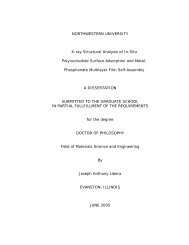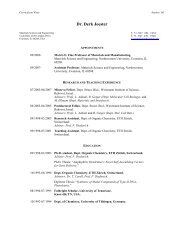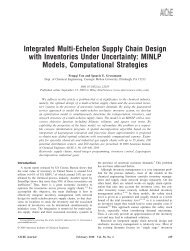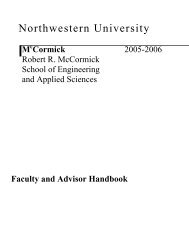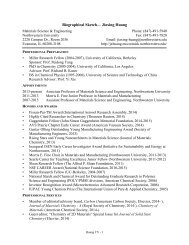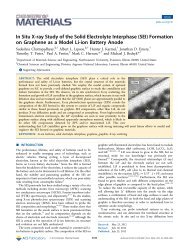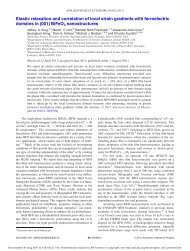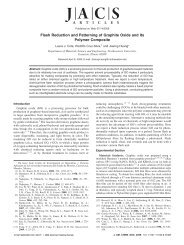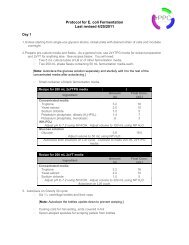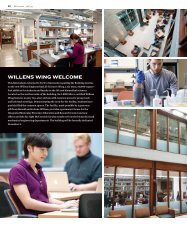Community-Based Operations Research - Humanitarian Logistics
Community-Based Operations Research - Humanitarian Logistics
Community-Based Operations Research - Humanitarian Logistics
Create successful ePaper yourself
Turn your PDF publications into a flip-book with our unique Google optimized e-Paper software.
Johnson and Smilowitz: <strong>Community</strong>-<strong>Based</strong> <strong>Operations</strong> <strong>Research</strong>118 Tutorialsin <strong>Operations</strong><strong>Research</strong>, c○ 2007 INFORMSThe SDSS project has motivated subsequent field research to better understand theability of typical clients to make use of various MCDMs (Johnson [42]). A sample ofeight housing-voucher clients of a local public-housing authority used a custom applicationto rank hypothetical neighborhoods using three MCDMs: simple additive weightingusing rank sum weights (Malczewski [62], p. 199), Analytic Hierarchy Process (AHP; Saaty[80]), and PROMETHEE. We found that representative assisted-housing clients appear toappreciate the increased insight provided by more analytically demanding MCDMs suchas PROMETHEE, and that neighborhood rankings were largely dissimilar across the threeMCDMs. Thus, this research is supportive of the notion of model-based decision methodsas a tool for improving housing counseling, and provides suggestive evidence that a rangeof MCDMs may allow clients to choose the application that is best suited to their skills andpreferences.3.3. DiscussionThese case studies have demonstrated the potential of diverse methods in OR/MS to addressimportant problems of a local nature whose solutions may provide direct benefits to traditionallyunderserved or underrepresented populations. Equity is addressed in the fooddistribution application through an objective function that accommodates the needs of asmany food pantries as possible; the housing relocation SDSS incorporates equity by allowingclients themselves to define criteria and alternatives consistent with their own preferences,while enlarging their choice sets to the greatest extent possible. Although the two applicationsare inspired by region-specific policy problems, the solution methods may be appliedto many other regions. Finally, both applications reflect a concern with the ability of localorganizations to implement the models’ recommendations: the food distribution model usesheuristic solution methods and the housing relocation SDSS has a user interface that guidesclients’ interactions with decision models.4. ConclusionIn this chapter we have described a subfield of public-sector OR called community-basedoperations research that addresses topics of interest to researchers and practitioners for over30 years and is known to different audiences in the U.S. and UK under a variety of names.Common in our definition of community-based OR is a localized focus, a high degree ofambiguity, complexity, and controversy, and an emphasis on stakeholder groups that aretraditionally underrepresented or underserved by social and political systems of interest tothe modeler. Also, we emphasize the need for modelers to combine a focus on inclusion ofindividual actors and community-based organizations in defining and solving the problem(the traditional focus of UK-style “community OR”) with an emphasis on quantitativemodels that generate actionable and policy-relevant recommendations. We have providedcase studies in food security and affordable/subsidized housing that are consistent with thevarious components of the definition above.<strong>Based</strong> on our review of the research literature and resources within higher education, webelieve there is an opportunity to increase the influence of community-based OR on education,scholarship, and practice. Most importantly, we advocate an increase in the numberof courses in undergraduate and graduate programs in business administration, industrialengineering/operations research, and public affairs that address special characteristics ofnonprofit and government organizations and the decision problems they face. These coursesshould not be limited to project or capstone courses that have nonprofit organizationsas clients, but theory-based lecture courses as well. These courses should provide: greateremphasis on cross-disciplinary evidence to support OR/MS modeling, multidisciplinary solutionapproaches that emphasize less complex and/or qualitative solution methods, fieldresearch to generate realistic problem instances, and low-cost IT platforms for model and



